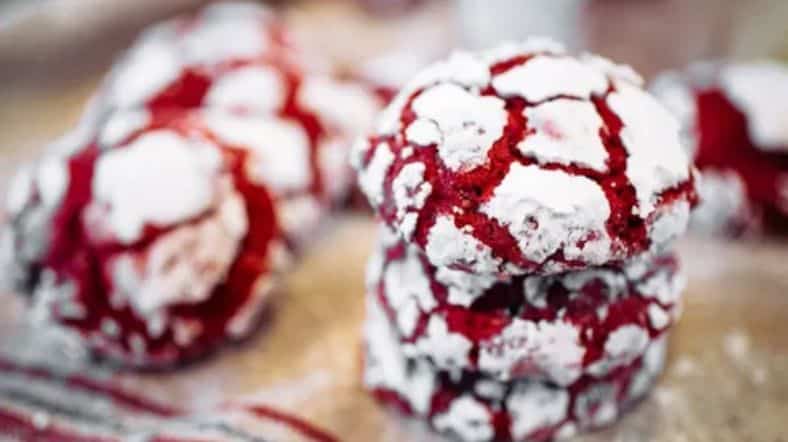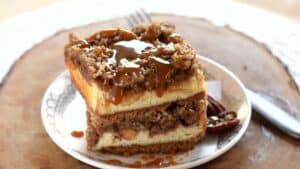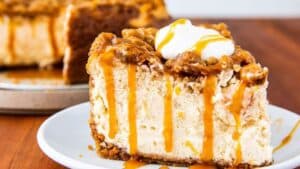Ever had a spoonful of cookie dough so good it made you close your eyes for a sec? That’s the red velvet edible cookie dough I’m gonna talk about. Not just a sugary gimmick for Instagram – this one’s layered with texture, flavor science, and culinary intention. Whether you’re a pastry chef lookin’ to riff off classics or a bakery owner testing the next big trend, this recipe demands your attention. Let’s be real: we’ve all eaten raw cookie dough before. But this? This is a crafted experience.
This article is gonna dig deep. We’re not only covering the how-to, but the why-it-works of red velvet edible cookie dough. We’ll talk flavor profiles, fat ratios, emulsification, shelf stability, and even some food safety myths that need retiring. If you’re in the business of flavor, you’ll want to stick around.
What Exactly Is Edible Cookie Dough?
Let’s set the record straight. Traditional cookie dough ain’t edible. Raw eggs and untreated flour = foodborne illness waiting to happen. Salmonella and E. coli don’t care about your sweet tooth.
Edible cookie dough, on the other hand, is specifically formulated to be safe to eat raw. Eggs are out. Heat-treated flour is in. The result? A creamy, scoopable dough with no baking required – and no stomachache either.
Red velvet is an interesting twist. It’s a Southern classic reimagined. Typically, you get cocoa powder, vanilla, buttermilk tang, and that iconic crimson color. Translating that into dough form ain’t as easy as it sounds. You can’t just toss in some red food coloring and call it a day.
The Flavor Matrix of Red Velvet
Red velvet ain’t just chocolate dyed red. That’s a lazy take. Real red velvet is nuanced – slightly acidic, lightly cocoa-ed, and with a richness that’s more about texture than sweetness.
The acidity is traditionally from buttermilk and vinegar. But in an edible dough? No liquid eggs or buttermilk to help with the emulsion. We need to rethink that.
Solution? A blend of cream cheese and yogurt powder gives the tang. Dutch-processed cocoa keeps the bitterness low. A touch of white vinegar (in very small, flavor-only quantities) brings authenticity.
Pro tip: Most chefs overdo the cocoa. You only need 2-3% of your dry ingredients to be cocoa. Red velvet is not chocolate dough. It’s a velvet experience with chocolate notes. That matters.
Let’s Talk Texture Science
A cookie dough’s texture lives or dies by its fat content and how you work it. You want scoopable, rich, not grainy. Sugar crystals should be barely felt.
Use softened butter, not melted. Melted butter gives you oily pools. Softened butter helps suspend the sugar and binds better with the flour – but only if you mix it right.
Here’s where most folks screw it up: they overmix. Overworking sugar and butter whips air into the dough, and too much air creates a weirdly fluffy mouthfeel. Cookie dough shouldn’t be mousse.
Also, flour’s not just a filler. It’s your backbone. Use heat-treated all-purpose flour, but sift it first. Red velvet dough shows every little lump.
Ingredient Breakdown (This Part’s Serious)
Let’s look at a pro-level ingredient list. This isn’t your average Pinterest recipe. Everything here is measured for performance and balance:
- 110g heat-treated all-purpose flour (sifted)
- 85g unsalted butter, room temp (European-style, 82% fat preferred)
- 75g brown sugar (light brown for that molasses kiss)
- 30g granulated sugar
- 20g cream cheese (brick-style, not whipped)
- 1 tsp yogurt powder (optional but adds tang)
- 10g Dutch-process cocoa powder
- 1/2 tsp red gel food coloring (water-based = bad)
- 1/4 tsp white vinegar
- 1/2 tsp vanilla paste (not extract, the paste matters)
- 1/4 tsp salt
- Optional: white chocolate chunks, toasted pecans, freeze-dried raspberries
Optional mix-ins should be 15-20% of your dough by weight. Don’t overdo it. Remember, this isn’t trail mix.
Technique Matters (Don’t Just Dump & Mix)
Start with creaming the butter and sugars until just incorporated. Not fluffy – just blended. Add cream cheese, yogurt powder, vanilla, vinegar, and mix gently. You want a smooth base.
In a separate bowl, combine sifted flour, cocoa, and salt. Add the dry mix slowly to the wet. Fold it. Don’t beat it. Be kind to your dough.
Add coloring last. Use gel food coloring for vibrancy and stability. Liquid food color throws off your fat-to-dry ratio.
Chill the dough 30 minutes before scooping. This isn’t just about firmness – it’s about allowing the fats to re-solidify, which changes how the flavors hit your palate.
Shelf Life & Food Safety: The Industry Side
Wanna sell this dough commercially? You better get your shelf stability nailed down. Here’s the truth: edible dough isn’t shelf-stable unless treated properly.
The high moisture from cream cheese makes it prone to spoilage. Use powdered dairy when possible (yogurt powder, cream cheese powder). They extend shelf life and reduce water activity.
Keep total water activity (aW) below 0.85 to prevent microbial growth. That’s science you can’t ignore. Invest in a benchtop aW meter if you’re scaling.
And always use heat-treated flour. Either bake it at 160°C for 5 mins or buy commercial pasteurized flour. E. coli ain’t just a rumor – it’s happened.
Market Trends: Why Red Velvet Dough is Taking Off
In 2023, edible cookie dough saw a market growth rate of 8.5% YoY globally, according to Technavio. But red velvet is leading the premium category.
Why? Emotional appeal. It feels nostalgic and indulgent. It’s also visually striking – and in the age of TikTok and reels, red food wins the scroll war.
Major chains like Doughp and Cookie DŌ reported a 30% increase in red velvet sales during Valentine’s week alone. But that demand’s leaking into year-round.
If you’re a pro baker or café owner, consider this flavor not just seasonal. It’s a year-round seller with the right marketing.
Common Mistakes (That You Should Avoid, Seriously)
- Too much cocoa – makes it taste like dry chocolate dough. Stay light.
- Wrong fat – margarine or low-fat butters ruin the mouthfeel.
- Skipping the acid – red velvet without tang is just red dough.
- Liquid food coloring – it waters down the dough and ruins the texture.
- Overmixing – this isn’t a whipped ganache. Keep it dense, not airy.
Most of these come from thinking cookie dough is forgiving. It’s not. At least, not at a pro level.
Serving & Presentation: Give It the Stage It Deserves
Red velvet edible dough isn’t just a scoop on a spoon. Plate it.
Roll it into truffles. Dip it in white chocolate. Sandwich it between dark chocolate cookies. Serve mini scoops on tasting spoons with a raspberry coulis. Pipe it into tart shells.
You can also dehydrate it slightly for a chewy-snappy cookie-dough bar hybrid. Textures matter. Visuals matter. Give your customer a story to bite into.
Final Thoughts: Why This Recipe Deserves Your Shelf
Red velvet edible cookie dough isn’t a throwaway dessert. It’s a mood. It’s nostalgia meets technique, comfort meets indulgence. If you’re in the business of flavor – or simply someone who cares about desserts being more than sweet – this one’s worth mastering.
Use it as a feature item. Rotate mix-ins seasonally. Offer custom scoops. Leverage its virality.
Bottom line? There’s nothing basic about this dough when it’s made right.
And now you know how to do it right.
Go make it. Taste it. Then go make it better.









